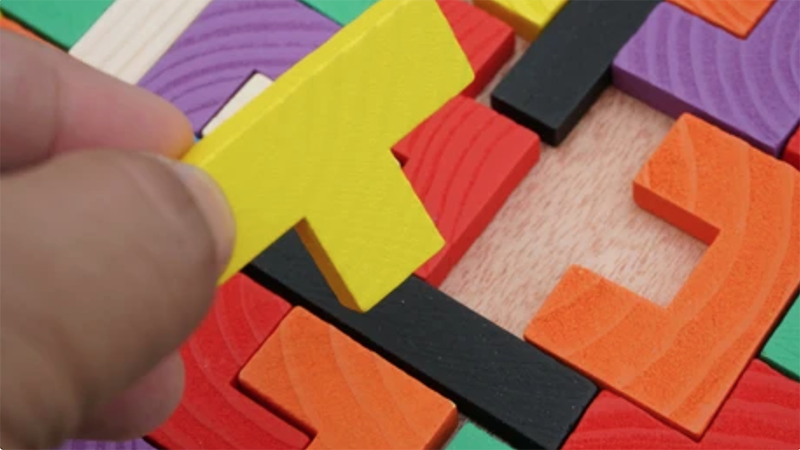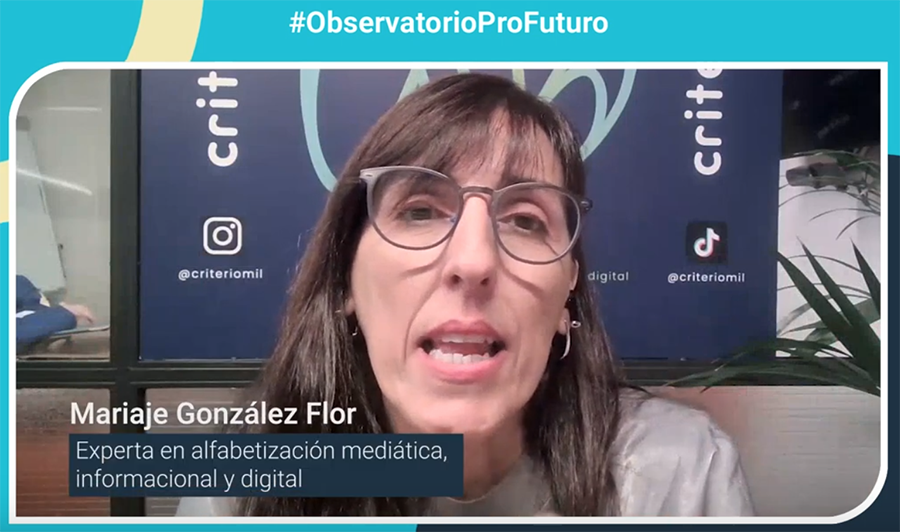Did you know that the Apollo mission that landed on the moon was carried out with only 40 KB of memory? Today we carry 64 GB in our pockets, and it’s not enough. With this striking example, education expert and founder of the “Center for Curriculum Redesign,” Charles Fadel, illustrates how technology has transformed our way of living and working. Fadel, who participated in the 25th-anniversary event of Fundação Telefônica Vivo, where the Portuguese edition of his latest publication, Education for the Age of AI, was presented, reflected precisely on this: the meaning of education in the age of AI. Or in other words: what students should learn, how they should do it, and why.
The technological advances transforming everything around us don’t seem to be significantly affecting the world of education. Our education system has been stuck for decades in a version of itself that is more than half a century old. The mass education model, which was effective during the Industrial Revolution, no longer meets the needs of a world where personalization and adaptability should be the norm. AI has the potential to break this static mold. The real promise of artificial intelligence, according to Fadel, is not only its ability to make learning more efficient but its ability to create deeply personalized educational experiences. Today, we are in the early stages of this transformation. The challenge is to integrate these new technologies in ways that respect the diversity of students’ skills and needs.
Traditional knowledge, based on facts and data, is no longer sufficient. Instead, we must teach students more complex and adaptive skills, such as critical thinking, problem-solving, and understanding deeper concepts like epistemic knowledge.
The adoption cycle of emerging technologies: from overvaluation to consolidation
In his analysis of technological progress, Fadel spoke about the so-called “emerging technology cycle,” where initial enthusiasm is often followed by a period of disappointment or stagnation before the technology consolidates and begins to generate significant impact. This phenomenon, known as the “Gartner curve,” has been observed in multiple technologies throughout history. It happened with railroads in the 19th century, and the same is happening with artificial intelligence.
Although AI is booming, it may soon experience a slowdown phase before its benefits become widespread. This “cooling-off” phase is crucial for developers and institutions to adjust their expectations and focus their efforts on realistic and sustainable solutions.
For the Harvard expert, it is essential to prepare for this transition, where AI will not only be an educational tool but an integral part of the learning ecosystem. The key, according to him, is not to focus exclusively on one type of algorithm but to use a combination of approaches and technologies to achieve more robust and effective results.
The role of education in the age of AI

One of the biggest challenges facing education in the age of AI is the need to update curricula and pedagogical methodologies. Traditional knowledge, based on facts and data, is no longer sufficient. Instead, we must teach students more complex and adaptive skills, such as critical thinking, problem-solving, and understanding deeper concepts like epistemic knowledge.
In this regard, Fadel proposes a more flexible educational model, in which traditional disciplines are not eliminated but modernized. Instead of teaching subjects like Math or Science in isolation, he suggests integrating skills like programming, data science, and complex systems analysis across all disciplines. This way, students not only learn facts but acquire the skills needed to navigate an increasingly interconnected and complex world. The central idea is that learning should be driven by intrinsic motivation. Students should feel curiosity and a desire to learn, not just to get good grades or please parents and teachers, but because learning itself is valuable. Artificial intelligence can play a key role in this process, providing personalized learning experiences that cater to each student’s interests and needs.
AI as a social equalizer
Artificial intelligence can also be a social equalizer. Through its ability to provide personalized tutoring and access to tailored content, AI has the potential to close educational gaps that have persisted for centuries. Imagine the impact it could have in rural areas or disadvantaged communities where a lack of resources has been an obstacle. With proper connectivity, students anywhere can access the same opportunities as those in big cities. This is a central aspect of AI’s promise: not only to improve education in the best schools but to democratize access to knowledge and the tools needed to succeed in life. This also extends to the job market. As some jobs disappear due to automation, AI will open new horizons, and the challenge will be to ensure that everyone has the skills and versatility needed to adapt to these changes.
The education revolution and the need for innovation
As artificial intelligence continues to advance, so will the need to transform the education system. The author of Education for the Age of AI concluded his speech by emphasizing that education needs to move from a mass teaching model to a more personalized and adaptive one, taking advantage of technology to offer an individualized learning experience. The curriculum, he continued, must be modernized not only to reflect changes in society and the labor market but also to foster creative and critical thinking in students. Creativity, says Fadel, is one of the areas where artificial intelligence still cannot compete with humans. However, AI can be a tool to help foster creativity by providing new ideas and approaches that humans can use and improve upon. Education, he concluded, must prepare students not only for the present but for an uncertain and constantly changing future. This requires more versatile education, not only teaching static facts and knowledge but also developing adaptive skills that will enable students to face the challenges of a rapidly evolving world.






